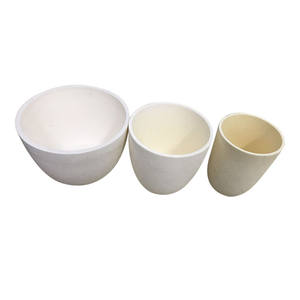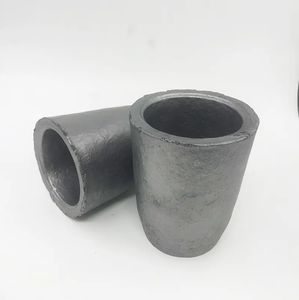Professional industry ceramic supplier, silicon nitride, silicon carbide, aluminum nitride and any other kinds of ceramics.
PRODUCT PARAMETERS
Description
Overview of Alumina Ceramic and Zirconia Ceramic Labware Crucibles
Alumina Ceramic and Zirconia Ceramic Labware Crucibles are specialized containers designed for withstanding extremely high temperatures in laboratory and industrial settings. They are essential for processes such as melting, calcining, and heat-treating a wide variety of materials, including metals, glasses, and chemicals. Our crucibles are engineered for superior thermal stability and chemical resistance, ensuring purity and reliability in the most demanding applications.
Features of Alumina Ceramic and Zirconia Ceramic Labware Crucibles
-
Exceptional Thermal Shock Resistance: Withstands rapid temperature changes without cracking, ensuring durability and a long service life.
-
High-Temperature Stability: Maintains structural integrity at extreme temperatures, often exceeding 1500°C.
-
Excellent Chemical Inertness: Resists corrosion and reaction with molten metals, acids, and aggressive chemical fluxes.
-
High Purity & Low Contamination: Manufactured from premium materials to prevent sample contamination during sensitive processes.
-
Optimized Thermal Properties: Designed for efficient heat transfer and consistent performance in furnace environments.
-
Robust Mechanical Strength: Offers good resistance to physical impact and abrasion during handling and use.
Specifications of Alumina Ceramic and Zirconia Ceramic Labware Crucibles
Alumina ceramic crucibles and zirconia ceramic crucibles offer necessary duties in high-temperature research laboratory work. Both hold up against extreme warm. Both withstand chemical assault effectively. Selecting the right product depends on specific application requirements. Comprehend their key distinctions.
Alumina ceramic crucibles are commonly made use of. They use excellent efficiency at a reduced price. Alumina crucibles deal with temperatures as much as 1700 ° C continuously. They give outstanding resistance to oxidation. They resist most acids well. Solid alkalis can assault alumina over time. Alumina has great mechanical strength. Its thermal shock resistance is modest. Sudden temperature level modifications can create breaking. Alumina is a good electrical insulator. Its surface is very hard. This solidity resists abrasion. Alumina crucibles work well for general melting, calcination, and ashing jobs. They are common in chemistry and materials scientific research labs.
Zirconia ceramic crucibles take care of even greater temperature levels. They endure continuous consume to 2000 ° C. Zirconia uses exceptional thermal shock resistance. Rapid home heating or cooling reasons much less anxiety. This durability lowers cracking threat. Zirconia possesses excellent mechanical toughness. It is considerably tougher than alumina. This sturdiness suggests better influence resistance. Zirconia resists wear exceptionally well. It withstands deterioration from numerous hostile chemicals. Both strong acids and strong alkalis have restricted effect. Zirconia is an oxygen ion conductor at high temperatures. This residential property matters for details electrochemical usages. Zirconia crucibles set you back more. They are the selection for the most demanding applications. These consist of melting refractory metals and advanced porcelains processing. They stand out where extreme temperature level security and toughness are vital.
Applications of Alumina Ceramic and Zirconia Ceramic Labware Crucibles
Alumina ceramic crucibles are common in labs. They handle heats well. Alumina crucibles develop to 1700 levels Celsius. This makes them great for melting metals or preparing examples. They resist chemical attack effectively. Acids and bases usually don’t damage them. This chemical security is necessary for accurate results. Alumina crucibles are likewise fairly hard. They withstand wear over time. They are cost-efficient for numerous day-to-day lab jobs. They tolerate quick heating and cooling sensibly.
Zirconia ceramic crucibles supply even higher temperature efficiency. Zirconia endures temperatures near 2400 degrees Celsius. This severe warm capacity is needed for specialized work. Zirconia is a lot tougher than alumina. It withstands splitting and cracking better. This durability serves for grinding examples inside the crucible. Zirconia likewise has exceptional thermal shock resistance. Sudden temperature level changes are much less likely to damage it. It offers great chemical resistance like alumina.
Both alumina and zirconia crucibles are extremely pure. They don’t add unwanted components to examples. Metal crucibles can contaminate delicate materials. Ceramic crucibles prevent this trouble. They are inert. This pureness is important for precise chemical analysis. Their smooth surface areas are simple to clean. Deposit does not stick easily. This ensures no cross-contamination in between uses. Proper care makes them last long. They are reliable tools for demanding laboratory job. They maintain samples pure.
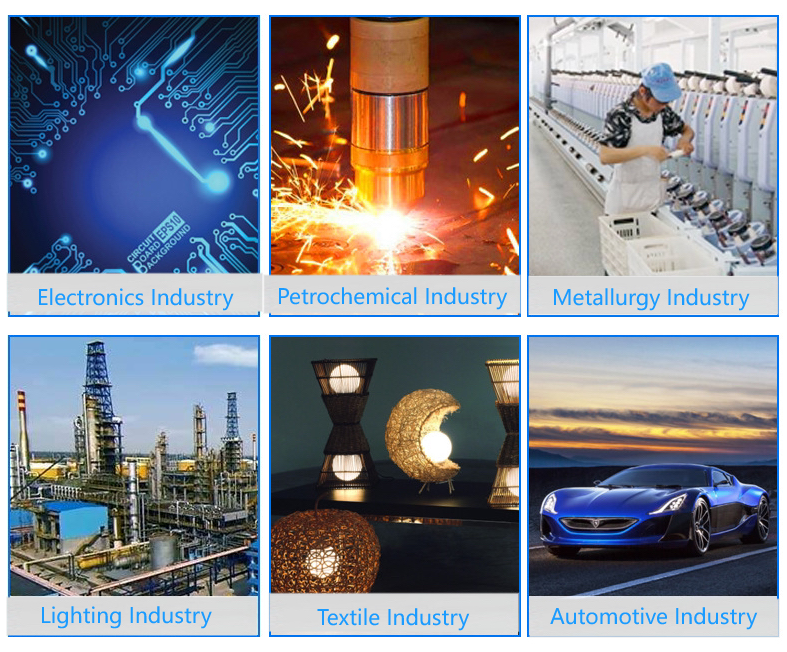 Company Profile
Company Profile
Tanki New Materials Co.Ltd. focus on the research and development, production and sales of ceramic products, serving the electronics, ceramics, chemical and other industries. Since its establishment in 2015, the company has been committed to providing customers with the best products and services, and has become a leader in the industry through continuous technological innovation and strict quality management.
Our products includes but not limited to Aerogel, Aluminum Nitride, Aluminum Oxide, Boron Carbide, Boron Nitride, Ceramic Crucible, Ceramic Fiber, Quartz Product, Refractory Material, Silicon Carbide, Silicon Nitride, ect. please feel free to contact us.
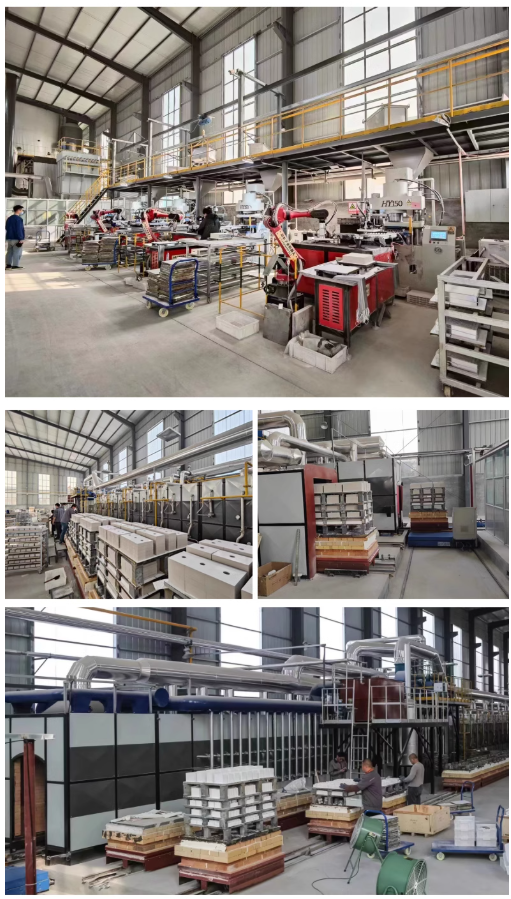 Payment Methods
Payment Methods
T/T, Western Union, Paypal, Credit Card etc.
Shipment Methods
By air, by sea, by express, as customers request.
5 FAQs of Alumina Ceramic and Zirconia Ceramic Labware Crucibles
Alumina crucibles handle temperatures up to about 1700°C. Zirconia crucibles handle much higher heat, usually around 2200°C. Choose alumina for most standard high-temperature work. Choose zirconia for extreme temperatures or special processes.
Alumina ceramic resists strong acids very well. It handles alkalis reasonably but prolonged exposure to strong alkalis can cause slow wear. Zirconia ceramic resists strong alkalis very well. It handles acids reasonably but strong acids, especially hydrofluoric acid, can attack it. Know your chemicals before picking a crucible.
Alumina crucibles tolerate moderate thermal shock. Avoid very rapid temperature changes. Sudden big temperature drops or heating can crack them. Zirconia crucibles handle thermal shock much better. They resist cracking from sudden temperature changes more effectively. Zirconia is stronger for unpredictable heating or cooling cycles.
Alumina ceramic is generally less expensive. It offers good value for routine lab work. Zirconia ceramic costs more. Its higher price reflects its superior temperature limit and thermal shock resistance. Pay for zirconia when you absolutely need its special properties.
Use tongs designed for high temperatures. Never use metal tongs directly on hot crucibles. Metal can scratch the ceramic surface. Scratches weaken the crucible over time. Let hot crucibles cool slowly inside the furnace if possible. Moving them while very hot increases thermal shock risk. Place cooled crucibles on a soft surface. Avoid hard impacts.
REQUEST A QUOTE
RELATED PRODUCTS
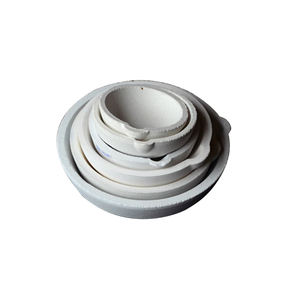
Customized Longer Service Life Silicon Nitride Ceramic Crucible for Melting Aluminum and Alloys
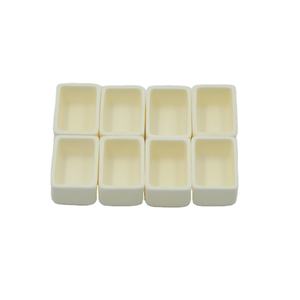
High Pure Quartz Ceramic Crucible for Furnace Melting Glass
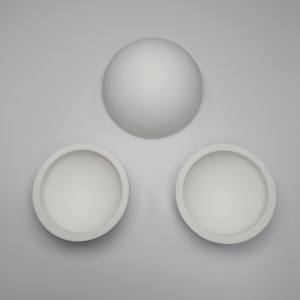
Haichen 2L Big Volume Ceramic Crucible for Melting Glass Platinum Golden Iron
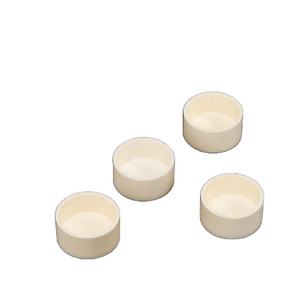
Customizable Size Long Life Casting Quartz Ceramic Crucible for Dental Lab
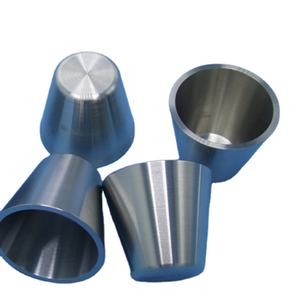
Rectangular Quartz Ceramic Metal Melting Crucible, with an Opaque and Milky White Appearance
